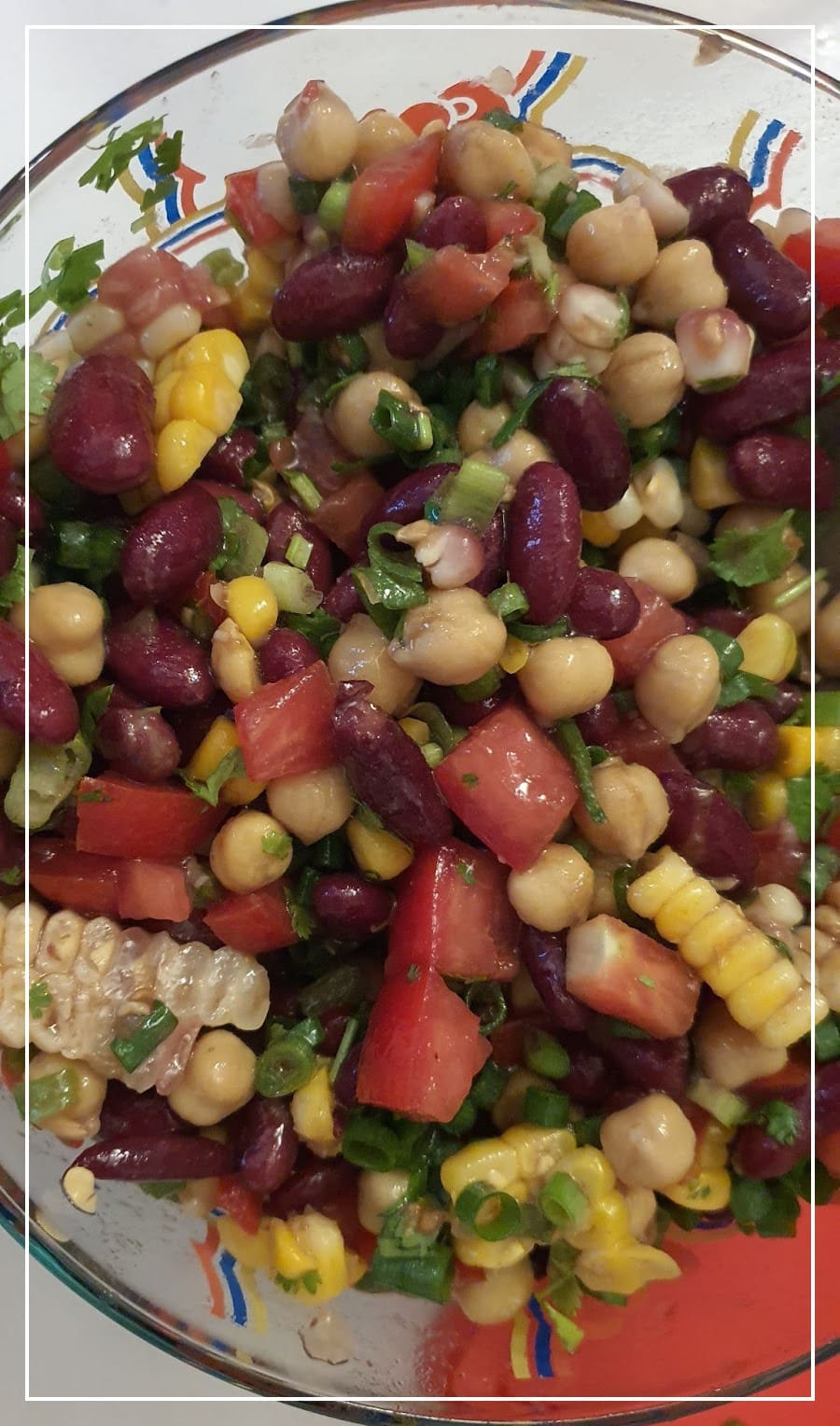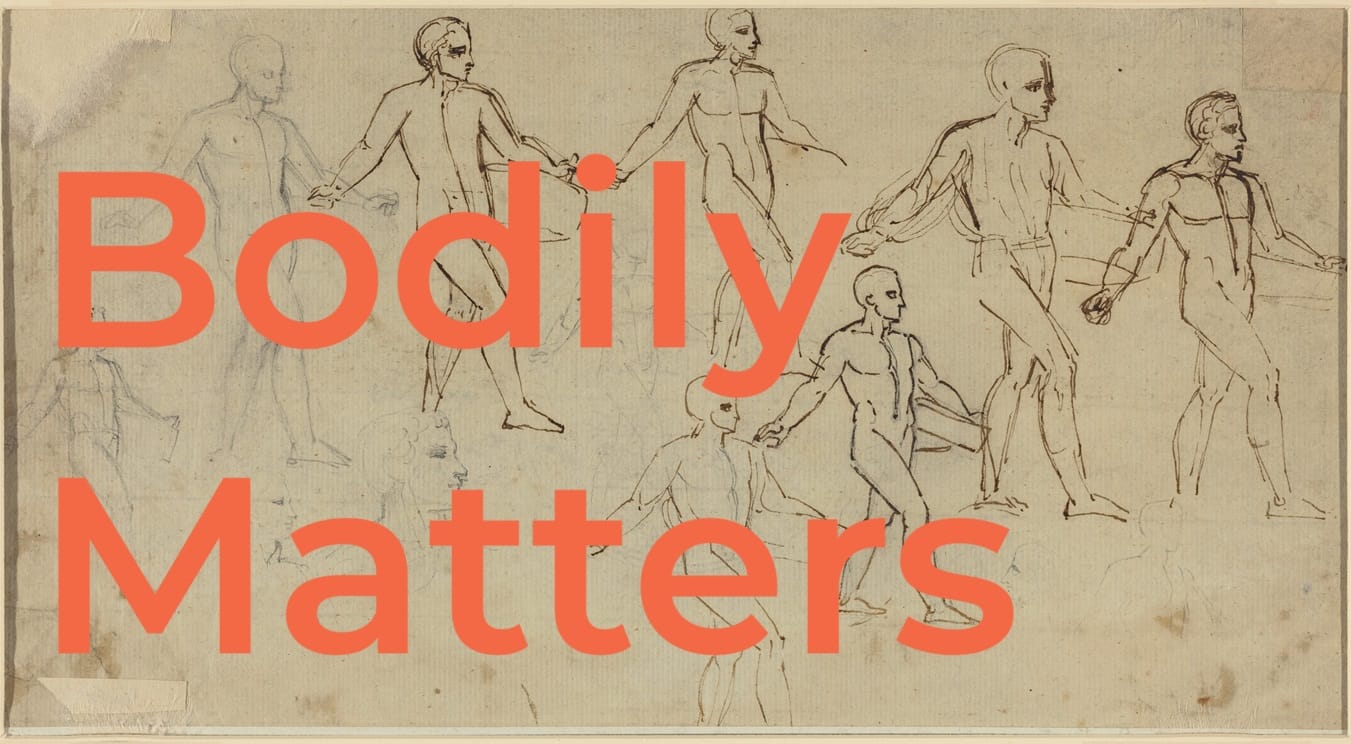Staple Recipes: Beans, 3 ways
This post is an experimental response to the exigencies of the current moment in the United States. If you're experiencing food insecurity, you can find a food bank or community fridge near you at findhelp.org. If you're seeking new inspiration for how to stretch your budget a bit further by using familiar ingredients in new ways, read on.
Beans, beans, a magical fruit indeed because in cooking they can be both a veggie and a protein, but regardless they have enough volume/density that they fill you up like a carbohydrate. I love beans, and if you’re broke I recommend you cultivate a similar appreciation because so long as you’ve got beans and one other thing, you’ve got the basis of a healthy and hearty meal.
Part of why beans are great is that there are so many different types: pinto beans, black beans, and red beans are most common in American cooking, thanks to Mexican and Cajun influences, but don’t forget delicate cannelinis and much-reviled favas, the ever-versatile garbanzo, lentils of all sizes and colors (reds and yellows and greens, oh my!), black eyed peas, and soybeans - the core ingredient of tofu, which outside of Asia is almost criminally underrated (an opinion I hold without being a vegetarian, while also suffering from a type of migraine triggered by glutamate-containing foods; good tofu skin, pudding, or fat fried blocks will always be worth the risk, though).
While I aim to eventually post recipes and information about all of the above, for now let’s start with 3 staple recipes that are frequent in my culinary rotation: pintos cooked Mexican home-style, an easy prep mixed bean salad, and a really simple Indian daal (lentil) dish.
Nana Alice’s pinto beans
Ingredients:
1 bag of pintos is probably about 1 pound. I recommend batch cooking all of it and freezing extra portions (think: a free serving of refried beans for the cost of remembering to pull it out of the freezer later) but you could also make half a bag at a time if you’re really into making extra work for yourself.
A big splash of oil, or some other fat, or a leftover meat bone, fatty meat scraps, etc.
1-2 cloves of garlic
Salt (eventually, to taste once finished and not before)
Process:
Remember that in simple recipes each step is important, so don’t disappoint a legend like Nana Alice by trying to cut corners here.
- Open the bag and sift through to remove any broken or sketchy looking beans and any stray rocks. (If it looks funky, toss it.)
- Soak the beans for a long time, ideally about 12 hours, either overnight or while away at work. If for some reason you need to soak them longer before cooking (up to 24 hours), swap out the water because it gets funky when sitting too long.
- Drain out the soaking liquid, then pour the beans into a pot or slow cooker. Cover them up with enough fresh water so that the beans will stay submerged all the way through cooking: roughly about 2 inches above the bean line.
- Pour a little oil in; I measure this with my heart, but it's probably a good tablespoon or two? If you happen to have a frozen ham bone, or a piece or two of bacon, or some other meaty scraps you could also add those, but they're luxuries that are not actually necessary for delicious beans. Some oil or fat is a must. If you have a bit of schmaltz (rendered fat from cooking bacon or meat) that would also work here.
- Optional but nice for flavor: toss in a clove or two of garlic.
- Bring the pot to a gentle boil, then slowly simmer for about 1.5 - 2 hours (about 9-11 hours on low in a slow cooker), until the beans are tender. Then and only then should you salt them.
- Serve as-is.
- Note for anyone who might be using a Tatung cooker as a slow-cooker/instapot proxy: beans cook like a long congee. You can fill the steaming chamber with 1.5 cups of water 2 or maybe 3 times, cooking the beans for roughly 3 hours before they're done. Because none of the inner liquid boils off, I use a little less water in this case then I would on the stovetop, just covering the beans with about 1 cm water to spare.

You can also refry them, which is especially nice for leftovers and making burritos:
- Spoon some beans and bean juice into a pan and heat them on simmer (low heat).
- Use the back of a big spoon to smash them. Keep smashing and stirring into they’re a nice, pasty consistency.
- Add things to adjust taste to your liking: salt, pepper, cheese.

Urna’s Homestyle Bengali Butter Daal
I used to be really intimidated by this dish. It turns out, recipe writers who work for the NYT over-complicate things, and I just needed a friend who actually makes it regularly as comfort food to teach me how simple it really is.
Ingredients:
1 cup of yellow or red lentils. Yellow is traditional, but the smaller the better. If you’re using bigger yellow ones, let them soak a little bit before beginning to cook.
4-5 cups of water
½ onion, diced
1-5 cloves of garlic, crushed and diced (optional/to taste)
1-2 chilies, de-seeded and (to taste) either finely diced or cut into easily removable strips
½ tsp to 1 tsp (more if your spices are older): cumin, coriander powder or seeds, ground red pepper (curry powder also works if its what you’ve got)
Some oil and ideally, butter
Chopped cilantro (optional but lovely garnish)
Chopped tomatoes and fresh onion (optional but lovely garnish)
Process:
- Heat up about 2 tsp of oil in a pot.
- Add the onion to it, saute for about 2-3 minutes until fragrant and translucent, just before it would brown.
- Add the chilies to the pot and saute for a minute before adding garlic — the onion and chilies and get toasty and nearly burn, but do not let the garlic burn.
- Add your dry spices to “bloom” them; this is also a nice time to add a pat of butter.
- When everything is nice and fragrant, add the lentils (1 cup) and water (4 cups) into the pot.
- Bring to a boil then reduce heat to simmer; you can cover, but leave the lid a bit cracked and for the first 10 minutes or so watch out for foamy steamy action. I skim this off but you can also stir it in. Whatever.
- Cook for roughly… 20-40 minutes (the time varies depending on the lentils you use; smaller = faster, red = faster). If you boiled through the water but the lentils are still hard rather than mushy, add another cup of water and keep cooking.
- When the lentils begin falling apart and the pot is kinda creamy (like oatmeal more than a watery soup), the dish is nearly done.
- Add the rest of the butter (2-3 tbsp of butter, go wild, fat makes things taste good and is good for you in moderation, especially in vegetarian meals like this) and cilantro if you like it and have it.
- Serve over rice, garnishing with fresh tomato and onion.

Mixed bean salad, aka “cowboy caviar”
This recipe has more ingredients but is still easy because it only requires mixing (no cooking). It’s also very forgiving if you need or want to make substitutions.
Core ingredients:
1 can of red, black, garbanzo*, cowpea, or cannellini beans
1 can of any of the above (pick whatever you like, but aim for variety)
1 can of corn
1 - 2 diced tomatoes (can substitute a small can of diced tomatoes)
½ bunch of diced green onions (can substitute a small amount of any onion)
½ bunch of diced cilantro (optional but nice)
1 avocado, diced (optional but nice to finish)
Dressing:
¼ cup balsamic vinegar (can substitute apple cider, sushi vinegar, or whatever you have)
¼ cup avocado oil (I use this to get that avocado flavor, but olive oil or any neutral oil is fine)
1 tsp cumin (surprisingly important for taste)
¼ tsp salt (to taste really)
¼ red pepper or black pepper (optional but nice)
1 or 2 cloves of garlic, crushed and minced (optional but nice)
Process:
- Dump all the big ingredients in a large bowl (an 8 cup tupperware storage bowl at minimum)
- Add the dressing ingredients to a small bowl and mix them up. You’re trying to emulsify the fat and liquids together, like a salad dressing.
- Pour the dressing over the other ingredients and stir.

Serving suggestion:
I love this salad served over warm steamed rice for a hearty meal, or eaten cold with corn chips as something quick and easy. It travels well (I’ve eaten it hours into a roadtrip or while camping multiple times), and tastes better after a day or two in the fridge. I’ve also used it as a kind of salsa on tacos.
*If you use garbanzo beans (and I recommend them), save the liquid that they’re packed in. It’s called “aquafaba” and while you don’t need it for this recipe, it’s nice to have on hand because it is basically vegan egg white. But I’m not vegan, you’re saying - yeah, but have you seen egg prices these days? Would it kill you to try a vegan egg substitute in something like cookies or bread, where seriously no one (not even you, the person who made them) will be able to tell? Only meat industry propaganda and the obnoxiousness of most vegans is keeping you from considering free and easy substitutions like this, don’t be a tool.
